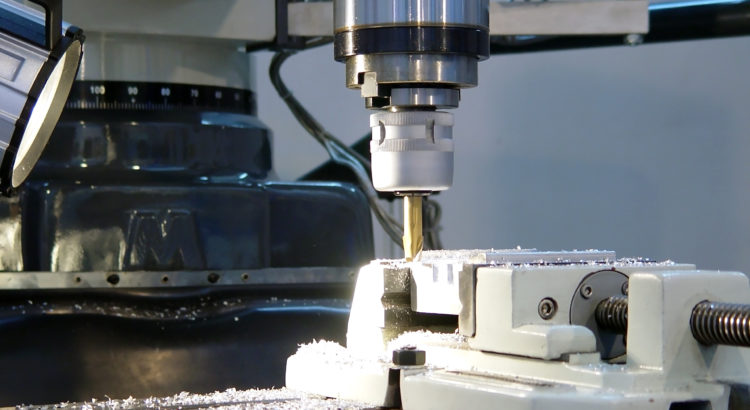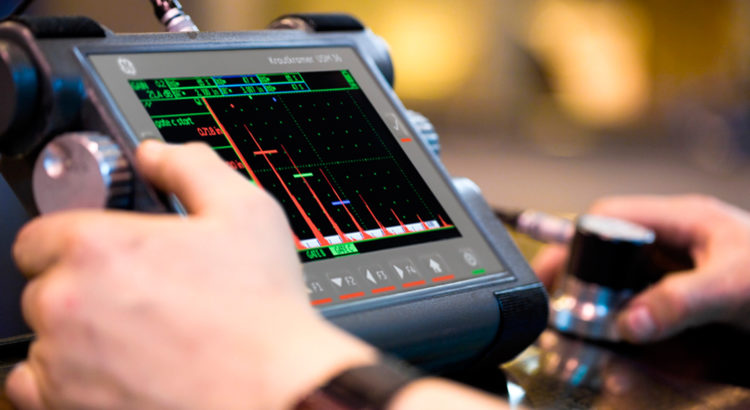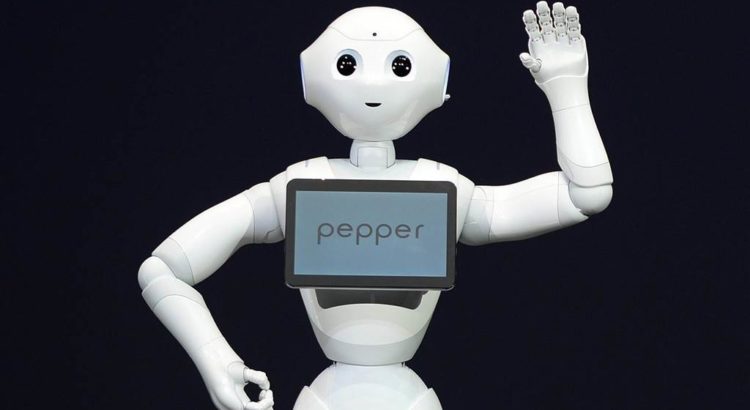HVAC refers to the technology that deals with heating, ventilation, and air conditioning for indoors and vehicles. The branch of HVAC system design is a sub-discipline of mechanical engineering which is based on the principles of thermodynamics, heat transfer, and fluid mechanics.
Rapid advancement in the technology increased the need for more professionals in this field. The HVAC technicians play a vital role during the installing and servicing the systems. These professionals control the air temperature and its quality in a building.
Aspiring candidates who wish to make a career in the field of HVAC can take a course through certification, diploma, associate’s or bachelor’s degree programs. Different levels of HVAC courses have similar curriculum with course durations ranging from 12 months to 2 years. The HVAC course covers topics such that:
- Electrical Heating
- Power and Resistance
- Water Volume
- Pollution
- Green Technology
- Cost Efficiency
Heating and Air Conditioning Training
A few years ago, most of the heating, ventilating and air conditioning technicians received on-the-job training. However, with the rapid advancement in the technology, the technicians are now offered training through classroom study, internships and apprenticeships.
Candidates who receive these training learn how to install, repair and maintain ventilation, heating, refrigeration and air conditioning systems. While some comprehensive training programs include all of these systems, other may focus only on some specific areas.
Highlights of the HVAC training:
- It is usually a combination of classwork and hands-on training.
- Students may explore topics like electrical design, commercial heating, circuitry, and air conditioning systems.
- They may also learn principles of system design and refrigeration.
HVAC can provide some amazing job opportunities for the candidates who wish to make a career in this field. HVAC is a thriving career and gives a great job satisfaction for people who are interested in this field. Some of the opportunities in HVAC are:
- HVAC Service Technicians
- HVAC Mechanical Engineers
- Project Managers
- HVAC Service Managers
- Sales and Administrative Coordinators
- HVAC Control Technicians
- Maintenance Supervisors
- Quality Assurance Specialists
- Executive Level Professional Managers
HVAC job opportunities are highly demanding and lucrative as people are making comfort as their priority. Engineering candidates can easily grab these job roles soon after completing a short-term or a long-term course in HVAC. The best part of the HVAC profession is, it adds comfort to people’s lives.




